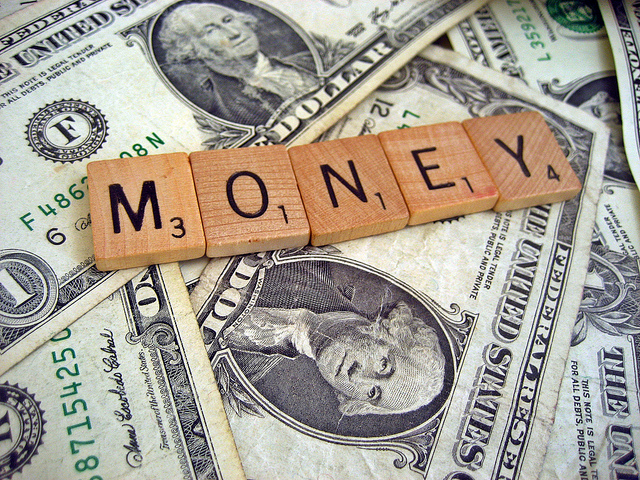How to Make Your Art Worth More Money

What makes art worth money? I’m going to say some stuff that most artists probably don’t want to hear.
It’s not your skill.
It’s not some hidden technique.
It’s not even having a great website.
It’s certainly not your Facebook account.
The sole determination of how much your art is worth is how much people are willing to pay for it.
And what they’re willing to pay is directly related to:
– how much money they have
– whether or not they know about you
– how much interest they have in your work
In the book The $12 Million Stuffed Shark Don Thompson tells the story of how, before big auctions, art galleries and auction houses will put together a catalogue of the work in the auction. You can see some examples here. These catalogues are full of gorgeous pictures of the art, essays by critics talking about how important the artist is and where they stand in the pantheon of great artists, perhaps some words from the artists, and short descriptions of each piece, that often includes a little bit about the work and how it was made.
The catalogues alone are sold for a small amount. They are works of art in their own right.
But when it comes right down to it, they are just books full of stories about art.
How to Raise The Prices on Your Artwork
We’ve written extensively about telling stories about your work in the past. Weaving stories takes some great skill, and is something that you learn over time. In this post, I want to cover some block and tackle ideas on how to make sure a story is built around your work.
Sign it. Whether it’s legible or not, your work should have some sort of signature that is consistent throughout all of your work. That way people always know that it’s yours.
Title it. There are too many works called “Untitled.” Your work should have a name. Even if it’s Blue Series #4. Then at least people can specifically talk about your pieces. Smart artists give their work names that intrigue the collector, that give a way in without being too specific or prescriptive about what the viewer should take away.
Date it. Right next to your signature. There you go. Don’t be suckered into thinking that collectors only want new stuff. When you’re famous, people will want your earlier work, and they’ll use it to explain your evolution as an artist. When you have a retrospective at a big fancy museum, this will be gold for your curators. If dating it makes you uncomfortable, do it in some sort of code. Then people can have fun cracking the code, which brings more attention, which raises the value of your work.
Number it. If you make multiples of any kind – open edition or limited edition prints, photographs, screenprints, or something else – you should number your series. Collectors expect to know which piece they got, and in the case of limited editions, they expect that the size of the collection doesn’t change.
Explain it. Just like the gallery or auction catalogue mentioned above, you need at least a one or two sentence explanation of the work, a “way in” to understand or at least exploration. Give collectors some way to discuss your work so that they might talk to their friends about it.
Give context. This is where most artists fall down, I think. What is blogging but giving context to your art? How does free culture play into Gwenn Seemel’s work? You can read her blog posts on copyright to find out about how it might affect her work.
Document it. Artists are getting pretty good at this, I think. Work in Progress (WIP) shots are all the rage on Instagram. Stop every few hours and take some pictures of your work. Keep a daily art journal. By doing this, you’ll be able to build stories, provide context, and the WIP shots are gold for marketing.
Doing these activities alone will help you build a story. I’m not talking about a made up story that you add to the art, but the actual story of the art. What went into making it. The reason people might find it interesting. Good art doesn’t sell itself, it needs some context and a “way in.”
But My Art Doesn’t Have a Story
Someone actually said this to me in a response to a reader survey. It made me unbearably sad. Every piece of art has a story. If it’s art that comes from your heart or soul. If it’s art that grows not just out of technique practice or mindless doodling. You are your art’s story. You are the thing that matters when it comes to selling your art. If you say your art doesn’t have a story, it’s like saying that you don’t have a story or that there is nothing interesting about you.
This is, quite frequently, the primary problem I run into when working with artists who want to sell their art. They don’t know who they are and what they stand for, so they can’t possibly know what their art is about or how to communicate it.
And you won’t get anywhere until you figure that out.
